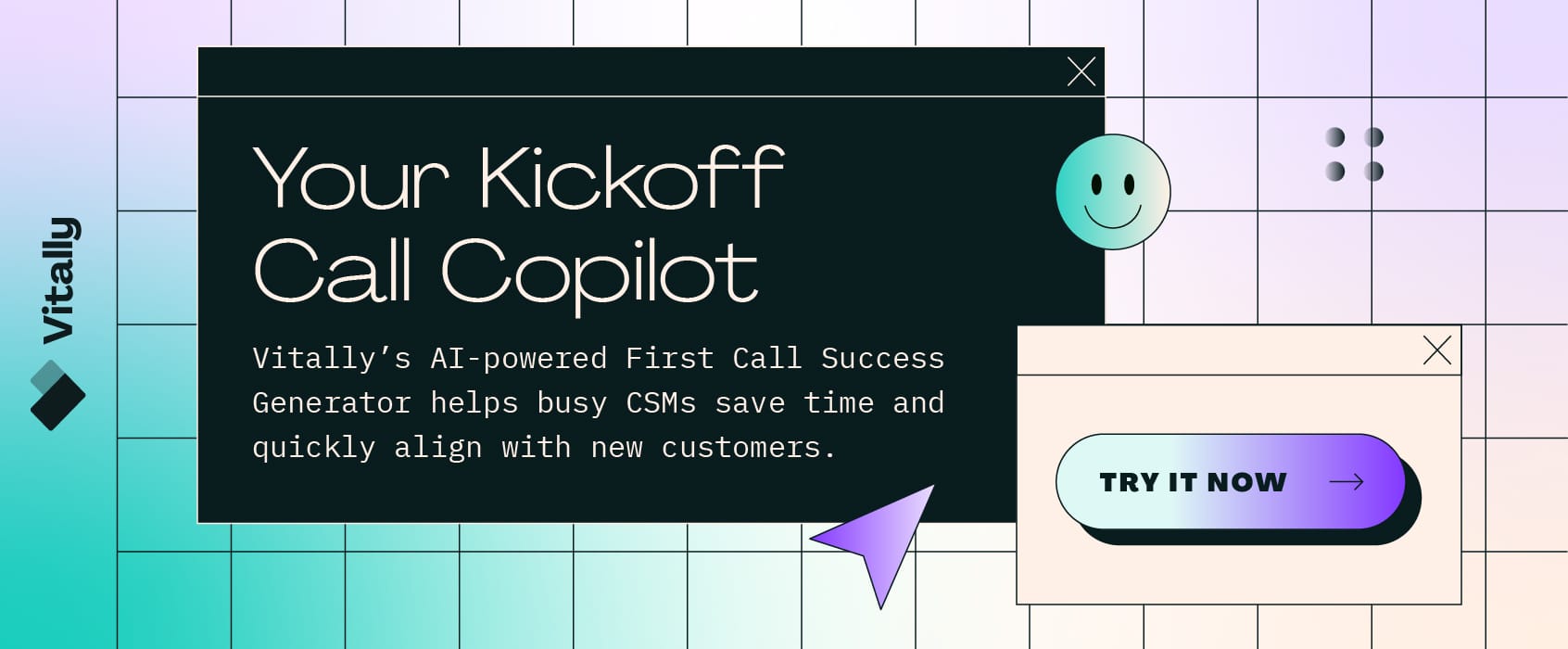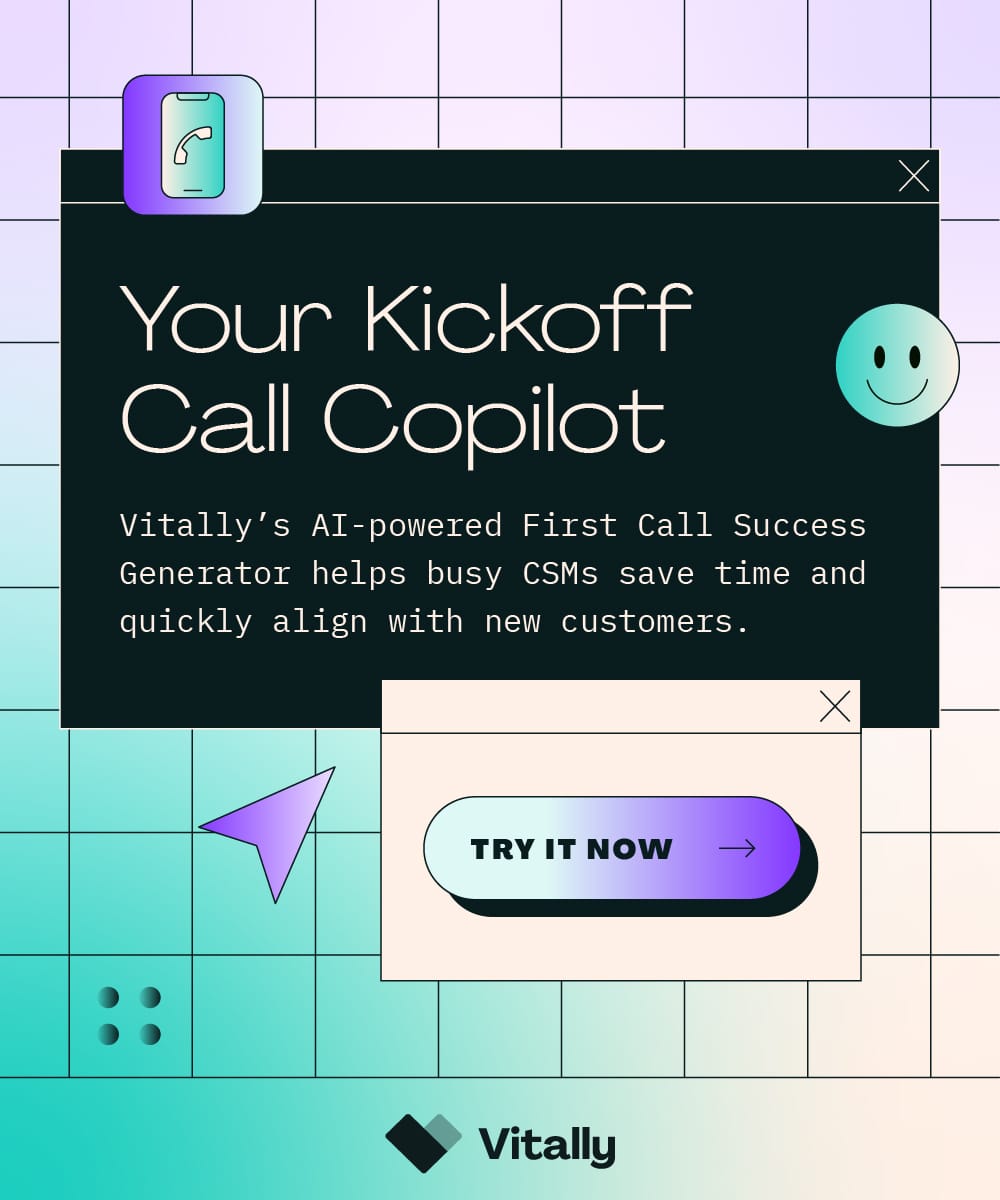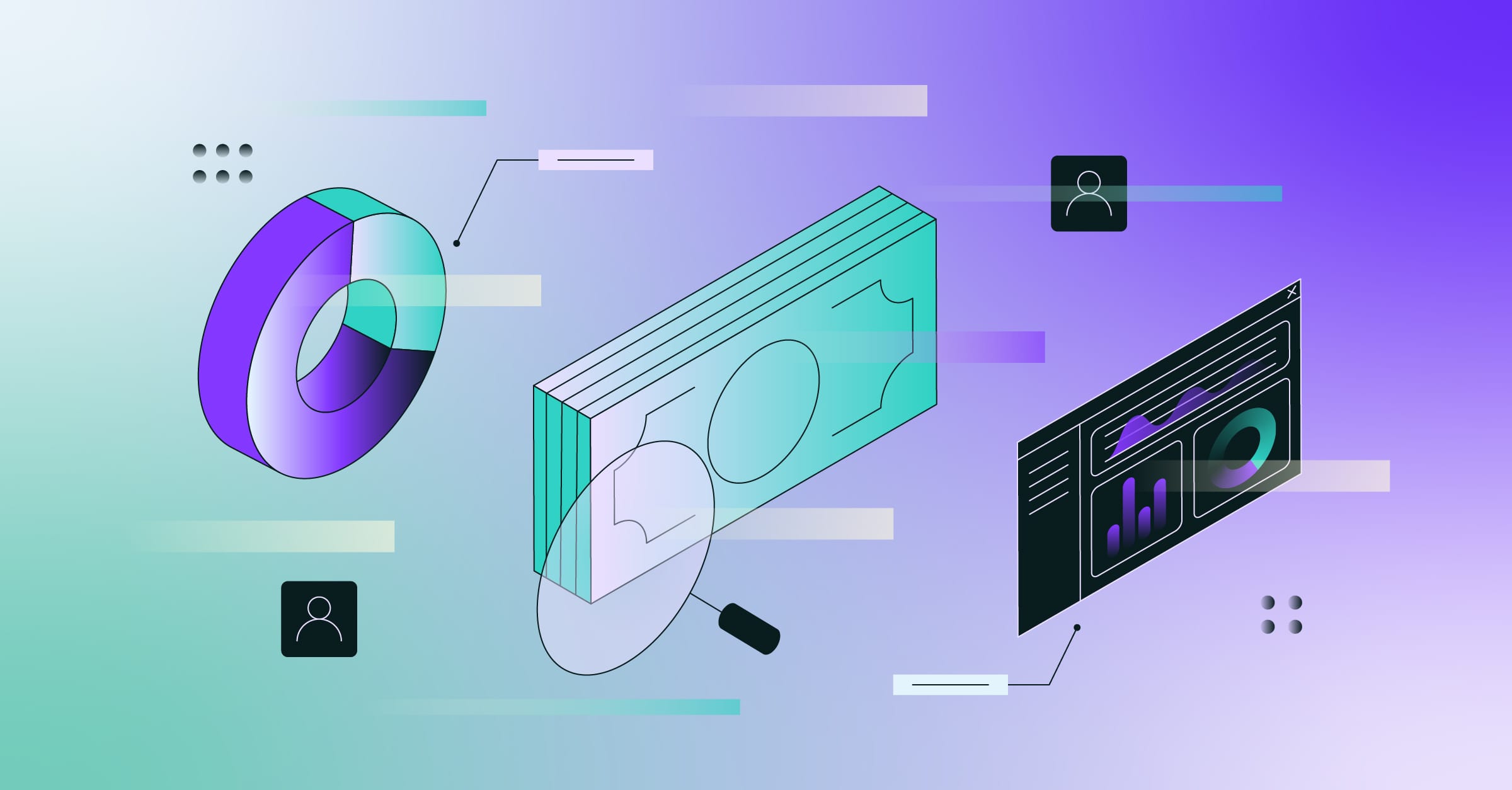
Customer churn tends to be viewed negatively by SaaS companies, and for good reason. However, in specific scenarios, it can actually be, dare we say, a positive? The loss of a few customers can motivate a company to take a closer look at its products and how it handles Customer Success. Customer churn also allows a company to quietly part ways with buyers who are challenging to manage or who drag down the bottom line.
In this article, we’ll take a look at what causes customers to leave a company and compare the difference between good and bad customer churn.
Bad Customer Churn and What Causes It
Before we can fully understand what “good” customer churn looks like, we need to explore what qualifies as “bad” churn. Below are several common causes:
Poor Customer Experiences
The happiness of your buyers is a serious issue. Statistics show that 91% of customers who have a poor experience with a company simply leave without notice. This means they give no indication that they plan to leave or that they’ve encountered a problem with your product or service. 40% of them will go on to tell other potential buyers not to patronize the company that they’ve had a bad experience with.
Not Enough Value
If customers believe that the price your company charges for a product or service is higher than the benefit they’re receiving, they will be more likely to seek out similar, better-priced services from a competitor. While price alone is often not the primary factor determining the value a SaaS company delivers, price in combination with a poor product and bad customer experience can send a customer packing.
Poor Communication
Depending on the complexity of the product or service a SaaS company provides, communication with customers is crucial. If a customer doesn’t receive appropriate support, they can become frustrated with a product and abandon it.
All of these contributors to negative churn can be addressed with an intentional Customer Success strategy, keeping track of customer health scores and actioning on them proactively, and beyond. In one example, a SaaS company was able to reduce churn by 50% in 1 year by automating time-consuming tasks and increasing CSM bandwidth with customer insights from Vitally's Customer Success platform.

A Few Scenarios When Customer Churn Can Be a Good Thing
The following are examples where customer churn can be a positive event for a SaaS company:
Shedding Customers That Are a Bad Fit
All customers are not good for your company. Signals that a customer may be a bad fit include: requiring excessive amounts of support that exceed the resources you have on hand and never seeming satisfied with solutions that are provided. In some instances, they may be low-value buyers who exclusively use “freemium” products with no indication that they will upgrade. Customers who are aren’t a good fit cost companies money, so it’s always good to shed them when you have the opportunity.
Logo Churn in Response to Up-Market Growth
Logo churn is a common term used in SaaS metrics. The metric is determined by calculating the number of “logos” (customers) lost during a specific period divided by the number of logos that were present at the start of the period. Logo churn is a common occurrence when a company decides to push for a higher-value market, for example, switching from serving small businesses to enterprise clients. In this scenario, customer loss coincides with net revenue growth, making this a positive churn scenario.
Sunsetting Legacy Products or Services
Occasionally, a SaaS company may need to phase out products because they’re no longer profitable. Customers loyal to these offerings may become upset that they are being discontinued, and as a result, churn from the company. If the resulting customer attrition represents a segment of buyers that don’t contribute much to the bottom line, churn is a positive event and opens up space for new products and services that may better suit new and existing higher-value customers.
Even Positive Customer Churn Needs to be Managed
As a company takes steps to achieve growth, positive churn is almost inevitable, and even though attrition in this scenario is often desired, it still needs to be managed. Before undertaking any actions that may result in customer churn, you need to segment your customers and analyze what factors may cause them to leave so that you know what to do to control and improve the outcome. Some suggestions for segmentation are to put customers into cohorts by revenue, behavior, or by the date that an account signed up for a product or service.
Customer churn can be a positive outcome of a SaaS company’s growth in some scenarios. Before undertaking any actions that may lead to attrition, it’s important to know the difference between good and bad churn and to have a customer churn strategy in place. One crucial factor that will help a company have a positive outcome is to know the exact economic value that a segment of customers brings to your business.
Vitally supports B2B SaaS companies in every industry with robust Customer Success tools that provide 360-degree views of customers’ health. Learn how we can help your company capture more revenue and increase customer lifetime value by scheduling a free demo today!









